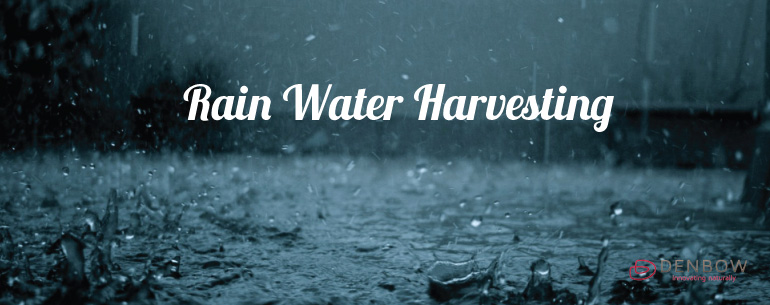Rain Water Harvesting
Rain Water Harvesting
British Columbia rain: too much in the winter, too little in summer
The “leftcoast” gets a lot of rain in the winter, so much it causes problems like flooding, sewer overflows, stream erosion, and polluted runoff into our waterways. But during our summer we get very little rain (less than Tucson, Arizona!).
So it’s hard to store enough water from spring rains to last long for summer irrigation. You need large cisterns or multiple rain-barrel systems to store enough water to have an impact on water usage. Simple practices like amending soil with compost, mulching, and smart watering are the first steps to storing and conserving water. The next step is capturing all that beautiful rain water that falls on our wet coast.
How much rain water can I catch?
The lower mainland of BC averages about 1,200 mm of rain per year, but 2/3 of it falls from November to March. Most areas in the region average less than 87 mm total rainfall for July and August.
The roof of your home is your greatest tool to harvest rainwater. To determine the amount of rain your roof catches, multiply your home’s width by its length (in feet) to estimate its footprint. Then estimate the portion of this area that drains to the downspout you’ll be using to catch your rain.
To calculate the runoff in liters from a metal roof’s 9 meter 10 meter “footprint” (90 square meters) in a climate averaging 304 millimeters of rain a year:
90 square meter roof 304 millimeters of average annual rainfall = 27,360 liters of rain falling on the roof in an average year.
90 m2 304 mm = 27,360 liters/average year
Multiply the above figure by the roof surface’s runoff coefficient 0.95*: 27,360 liters 0.95 = 25,992 liters running off the roof in an average year.
Storing Rain Water
Storing your harvested rainwater can be your greatest challenge. However, most homeowners don’t have room to store the thousands of gallons of collected rainwater that they use in landscape irrigation through our dry summers. Plus the cost of installing storage containers with enough volume to give you water through the entire summer would be very cost prohibitive and it would take a very long time to see the cost savings pay off it off.
Capacity and cost are directly related: decide how much you want to spend on building rainwater storage. Couple with this the practice of using mulches to regulate the soils moisture content and evaporation and you’re on your way to saving money and water throughout our hot summers and help you save water.
Vancouver Area Average Monthly Rainfall
| Month | Jun | July | Aug | Sept | Oct | Nov | Dec | Jan | Mar | April | May | June |
| Rainfall (inches) | 11 | 20 | 67.8 | 41.8 | 112.8 | 170.8 | 230.2 | 167.2 | 130.4 | 161.6 | 24 | 51 |
source WeatherStats.ca
Before you launch into a big project like rain water harvesting you can start with a few simple ideas. Begin by building soil with compost and mulching, choosing low-water use plants, and implement Smart Watering practices. Couple these ideas with simple indoor water conservation practices before investing in big rainwater collection systems to help you get on the road to water conservation without having to encounter major water expenses.
Remember, it isn’t rainy season but it does rain. So why not set up your rain harvest system now, while it’s sunny, so you don’t have to do it in the cold wet of our fall. Hope you enjoyed the article if you liked please feel free to share it with your friends!





Leave a Reply
Want to join the discussion?Feel free to contribute!